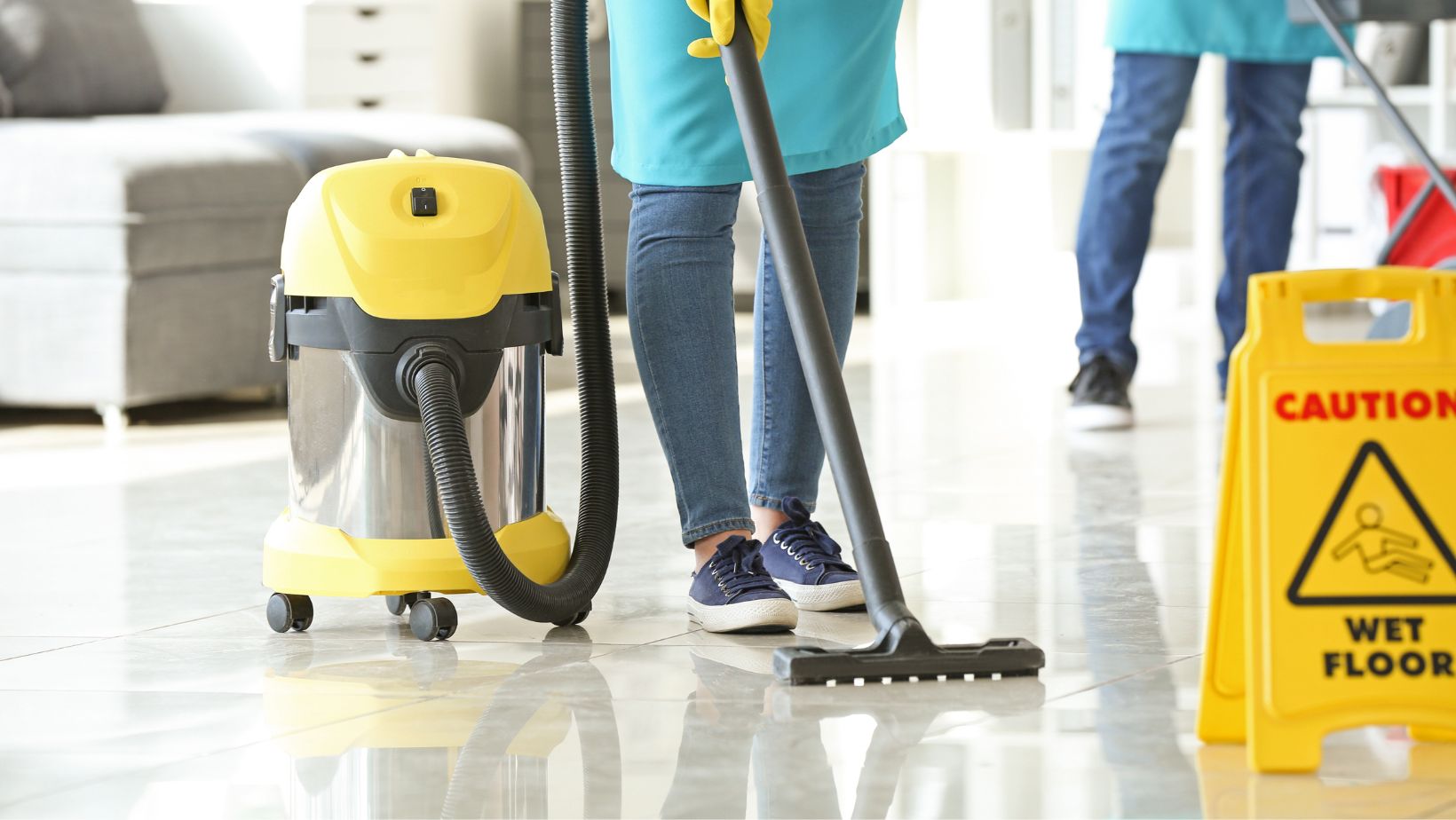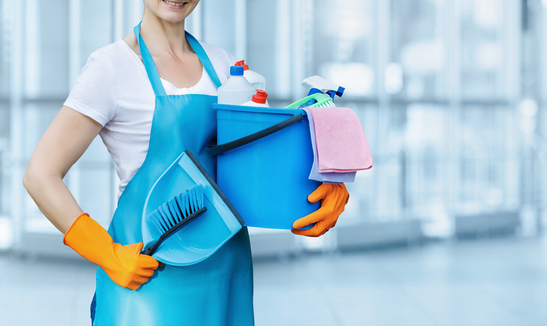How to Master Everyday Cleaning: Tips for Effective Defrosted and Cleaned Every Few Months and Decluttering
How to Master Everyday Cleaning: Tips for Effective Defrosted and Cleaned Every Few Months and Decluttering
Blog Article
Recognizing the Need for Completely Disinfecting and Sanitizing Frequently Touched Surface Areas in High-Traffic Locations
In the world of public wellness and safety and security, the thorough sanitation and sanitization of often touched surfaces in high-traffic locations stand as paramount steps in avoiding the spread of dangerous virus. The importance of this method extends much beyond mere tidiness, diving right into the world of condition prevention and area well-being. By discovering the different facets of surface disinfection, from the risks related to overlooking cleaning methods to the efficient approaches that can be used, a more clear understanding emerges of the crucial function these practices play in securing public health. As we browse this conversation, it becomes noticeable that the effects of complete surface sanitation reverberate not just within the boundaries of a specific setting however likewise reverberate on a more comprehensive range, influencing the health and security of people across varied communal setups.
Significance of Surface Sanitation
Emphasizing the thorough disinfection of high-traffic surface areas is vital in keeping a sanitary atmosphere and stopping the spread of unsafe virus. High-touch surfaces such as door takes care of, light switches, elevator buttons, and counter tops serve as reproducing premises for germs and infections. Regular sanitation of these surfaces is important to minimize the danger of contamination and transmission of diseases.
By applying a robust sanitation method, businesses and institutions can create a much safer environment for consumers, site visitors, and workers. Appropriate surface area disinfection not only minimizes the spread of contagious conditions however additionally instills self-confidence in the cleanliness and safety of the properties. This positive method shows a commitment to health and health, which is especially essential in high-traffic areas where the chance of exposure to virus is increased.
Furthermore, surface disinfection plays a critical role in overall infection control techniques. Integrated with hand health techniques, wearing masks, and preserving physical distancing, complete disinfection of high-touch surfaces forms a thorough protection versus the transmission of harmful microbes. Focusing on surface disinfection is a vital element of a holistic strategy to health and security in shared areas.
Threats of Neglecting Cleansing Practices
Overlooking comprehensive sanitation of high-traffic surfaces considerably enhances the threat of viral and microbial contamination, positioning a major risk to the health and wellness of people frequenting these spaces. Failing to execute proper cleaning methods can cause the build-up and spread of damaging pathogens, including viruses and bacteria, on often touched surface areas such as doorknobs, hand rails, lift switches, and countertops.

Moreover, disregarding the relevance of comprehensive cleaning not only jeopardizes the well-being of people yet also weakens efforts to maintain a tidy and sanitary setting. It is important to identify the importance of appropriate sanitation methods in protecting against the spread of infections and guarding public navigate to this site health and wellness.
Efficient Sanitation Methods
To maintain optimal tidiness and decrease the threat of contamination on high-traffic surfaces, using efficient sanitation techniques is necessary. One of the most effective and typical sanitation techniques is using chemical anti-bacterials.
Another reliable technique is making use of UV-C light. UV-C light has actually been shown to be efficient in killing a vast array of microbes by interrupting their DNA framework, therefore stopping them from replicating. It is essential to use UV-C light properly, making sure that the right intensity and exposure time are used to attain the desired sanitation outcomes.
In addition, utilizing heavy steam cleaning as a sanitation technique can be very effective, specifically on surfaces that are heat-resistant. Heavy steam can penetrate porous surfaces and eliminate germs, infections, and various other pathogens successfully. When using heavy steam cleansing, it is important to guarantee that the surface area gets to the needed temperature for an adequate amount of time to ensure appropriate disinfection.
Effect On Public Wellness
The maintenance of high standards of sanitation and disinfection on high-traffic surface areas plays a vital role in guarding public health. Regularly touched surface areas in locations with high tramp, such as doorknobs, handrails, lift browse around this web-site switches, and bathroom centers, serve as reproducing premises for unsafe pathogens.
In high-traffic areas like airport terminals, institutions, medical facilities, and public transport systems, the influence of strenuous disinfection steps can not be downplayed. Prioritizing the sanitization of often touched surfaces is a positive approach to promoting public wellness and improving the safety and security of people in shared rooms.
Executing Routine Cleaning Methods
Promptly instituting and adhering to a consistent routine of cleansing methods is extremely important for keeping the tidiness and safety of high-traffic surfaces. Regular cleaning procedures are crucial in avoiding the accumulation of bacteria and microorganisms on frequently touched surface areas, particularly in areas with high foot web traffic. By carrying out a systematic technique to cleansing, organizations can successfully reduce the risk of disease transmission and produce a much healthier environment for employees, customers, and the have a peek at these guys public.
To establish an effective cleansing timetable, it is important to determine high-traffic areas that call for frequent attention. These areas may consist of doorknobs, handrails, lift switches, bathroom facilities, and common tools. Implementing a regular cleaning regimen that targets these surface areas several times a day can dramatically lower the spread of damaging microorganisms and viruses.
Moreover, using proper cleaner and disinfectants is crucial to making sure that surface areas are completely sanitized. Regular training of cleansing personnel on proper cleansing methods and the relevance of adherence to the cleansing routine is additionally crucial in keeping a sanitary atmosphere. By prioritizing constant cleaning protocols, companies can advertise the health and well-being of people that interact with these high-traffic surface areas.

Final Thought
In verdict, it is vital to prioritize comprehensive disinfection and sanitization of regularly touched surface areas in high-traffic locations to prevent the spread of unsafe virus and maintain public wellness. It is important to recognize the importance of preserving clean surfaces in high-traffic locations to make certain the wellness of the community.
In the world of public health and safety and security, the precise sanitation and sanitization of regularly touched surface areas in high-traffic areas stand as critical measures in preventing the spread of damaging virus. By exploring the different aspects of surface area sanitation, from the threats linked with disregarding cleaning protocols to the efficient approaches that can be employed, a more clear understanding emerges of the vital function these methods play in securing public health.Furthermore, utilizing vapor cleansing as a disinfection technique can be extremely reliable, specifically on surfaces that are heat-resistant. When making use of heavy steam cleaning, it is important to guarantee that the surface gets to the called for temperature for an enough quantity of time to guarantee correct disinfection.
In verdict, it is important to focus on thorough sanitation and sanitization of often touched surface areas in high-traffic areas to protect against the spread of unsafe microorganisms and keep public health and wellness.
Report this page